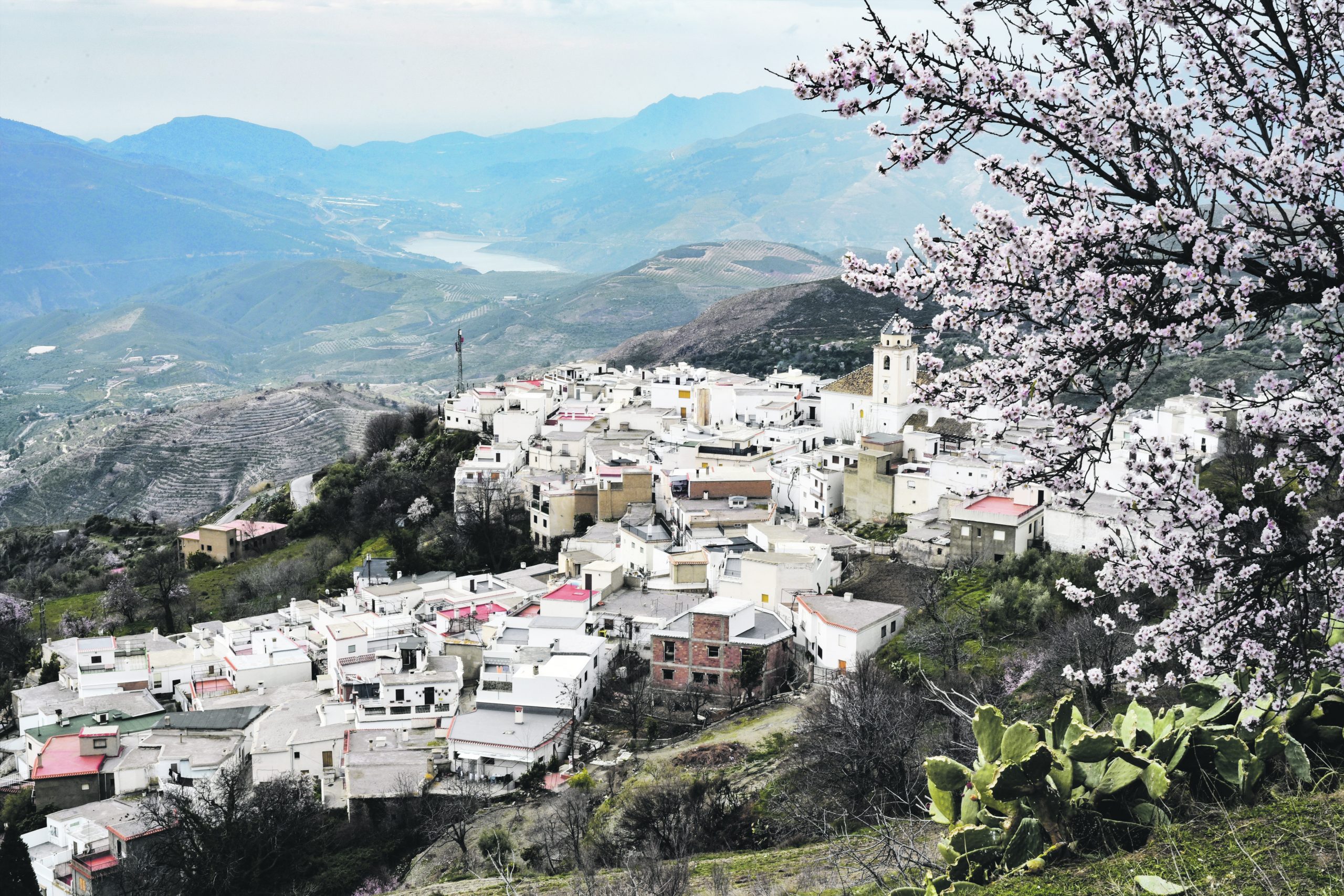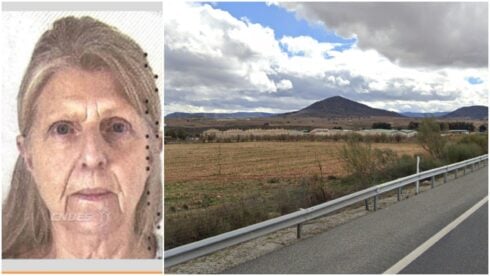THE Alpujarra was originally inhabited by Phoenicians and Romans, the latter who introduced the system of acequias to channel water from snow melt into fields of cultivation.
These waterways were enhanced by the Moors when they launched their silk industry in the area.
They soon saw it as a key agricultural centre, known for its grapes, citrus and other fruits, resulting in some early splendour for the region.
It is how it received its name, from the words ‘al-basharat’, meaning ‘sierra of pastures’.
Many characteristics date back to the Berbers, such as the narrow, winding streets of the villages and the distinctive small, flat-roofed houses.
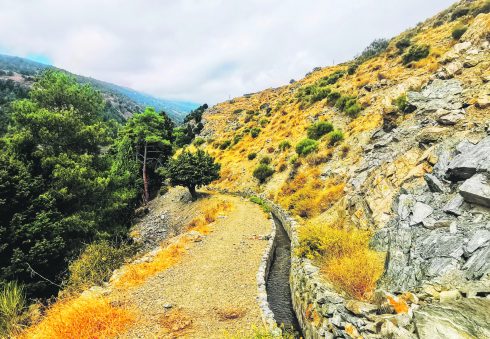
After the Catholic Reconquest in 1492, the city of Granada fell and all Muslims were ordered to leave Spain.
Only a few, considered to have truly converted to Christianity, were allowed to remain to oversee silk production in Granada city.
Some Muslims moved into the mountains to escape the tyranny of the monarchs.
When they were subsequently kicked out of the mountains, two Moorish families stayed in each town to ensure that the new inhabitants understood how to tend the land.
The remaining, converted Muslims – known as Moriscos – were forced not only to accept the Christian religion, but to suppress their language and customs.
The harsh measures demanded by the Catholic monarchs unsurprisingly provoked rebellion from the Moors, with the most violent protests taking place in La Alpujarra during the 16th century.
In 1567, King Philip II issued an edict that forced Christianity on the children of Moors, resulting in a further uprising a year later.
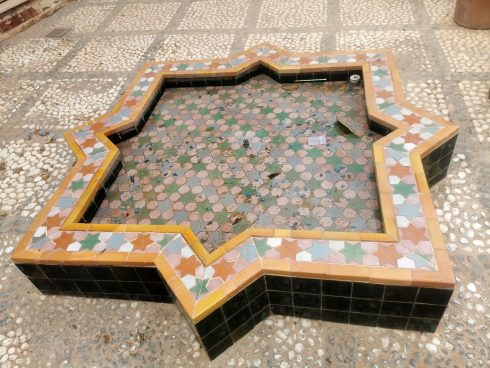
During this time, Fernando de Cordoba, hailing from the Alpujarran town of Valor, became the leader of the Moors and took the name of Aben Humeya, crowned king of La Alpujarra.
In the early days of the rebellion, various military expeditions sent by king Philip II were thwarted, much to his annoyance.
The rebels were being helped by the powerful Ottoman Empire, so the king decided to send John of Austria into the zone.
In 1569, Humeya was accused of treason and hanged by supporters of a new, self-proclaimed King of the Moors, Aben Aboo – otherwise known as Diego Lopez of the village Mecina Bombaron.
Before long, Aben Aboo had also been executed, due to an internal coup and by the spring of 1571, the uprising was finally quashed by John of Austria.
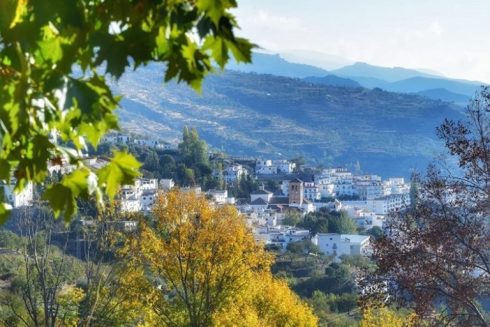
After that, the Moors were finally expelled from Granada and the Alpujarra region and distributed around Castile, where they were forced to work in bad conditions.
Their departure led to serious repercussions with the region going into decline, despite Philip II’s attempt at repopulating it with 12,000 Christian families from as far away as Galicia, explaining why so many village names are in ‘Gallego’ (Galician).
Although the newcomers were given financial incentives to live there, the resettlement initiative proved difficult and by the end of the 16th century there were just 7,000 living in the Alpujarra, down from 40,000 in its heyday.
The isolation of the mountainous Alpujarra region caused it to remain poor and undeveloped for further centuries.
However, during the 20th century, it was gradually helped by improved roads – a process that is ongoing to this day, with the construction of more rapid and less winding access routes between towns.
READ MORE:
- Travel Spain: These are the villages you should visit in the Alpujarra south of Granada
- Viable alternative: A look at the ‘hippy’ communities around Orgiva in Spain’s Alpujarras
Click here to read more News from The Olive Press.

